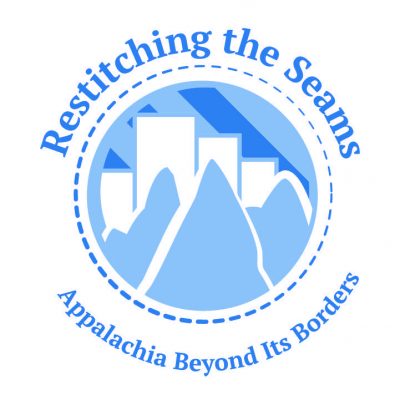Participation Type
Paper
Land Beneath the Water: The Keowee-Toxaway Project in Appalachian South Carolina
Presentation #1 Abstract or Summary
In 1968, Duke Energy began construction on a series of dams along the Keowee and Little Rivers in Oconee County, South Carolina. The dams would create water reservoirs for one of the largest combined hydro-electric and nuclear power facilities in the nation. The lakes created by the project, Keowee and Jocassee, and the parks built to facilitate boat landings and recreational sites have served as major tourist attractions for over forty years.
This narrative presented by Duke Energy and local government focuses on the recreational activities, power generation, and economic development facilitated by the creation of Lake Jocassee and Lake Keowee. However, to create these massive water reservoirs, valleys where people have lived for generations had to be flooded. Homes, hotels, churches, the remnants of a Cherokee village, and a summer camp for girls now lie beneath Lake Jocassee and thousands of acres of once prosperous farmland are now covered by the waters of Lake Keowee.
The purpose of this study is to critically evaluate the Keowee-Toxaway Project and to discover diverse narratives from the point of view of people that were displaced, groups or organizations that spoke out against the project, and the position taken by the Cherokee Nation who retain some archeological authority around the lakes. In doing so, I will make direct comparisons with the Tennessee Valley Authority (TVA) removals in the 1930’s, examine who directly and indirectly benefitted from the project, how locals were treated in their removal, and how the project was presented in local media.
At-A-Glance Bio- Presenter #1
Austin is a graduate student at East Tennessee State University.
Land Beneath the Water: The Keowee-Toxaway Project in Appalachian South Carolina
In 1968, Duke Energy began construction on a series of dams along the Keowee and Little Rivers in Oconee County, South Carolina. The dams would create water reservoirs for one of the largest combined hydro-electric and nuclear power facilities in the nation. The lakes created by the project, Keowee and Jocassee, and the parks built to facilitate boat landings and recreational sites have served as major tourist attractions for over forty years.
This narrative presented by Duke Energy and local government focuses on the recreational activities, power generation, and economic development facilitated by the creation of Lake Jocassee and Lake Keowee. However, to create these massive water reservoirs, valleys where people have lived for generations had to be flooded. Homes, hotels, churches, the remnants of a Cherokee village, and a summer camp for girls now lie beneath Lake Jocassee and thousands of acres of once prosperous farmland are now covered by the waters of Lake Keowee.
The purpose of this study is to critically evaluate the Keowee-Toxaway Project and to discover diverse narratives from the point of view of people that were displaced, groups or organizations that spoke out against the project, and the position taken by the Cherokee Nation who retain some archeological authority around the lakes. In doing so, I will make direct comparisons with the Tennessee Valley Authority (TVA) removals in the 1930’s, examine who directly and indirectly benefitted from the project, how locals were treated in their removal, and how the project was presented in local media.

